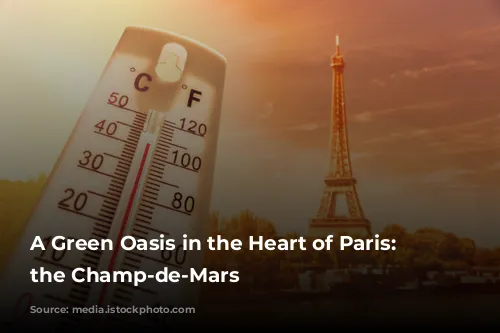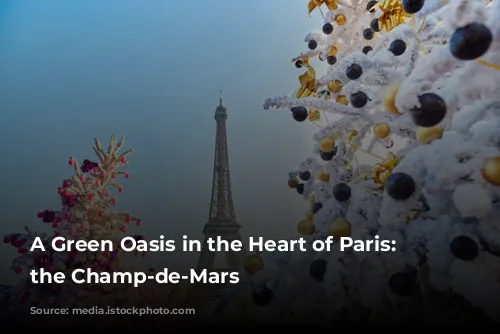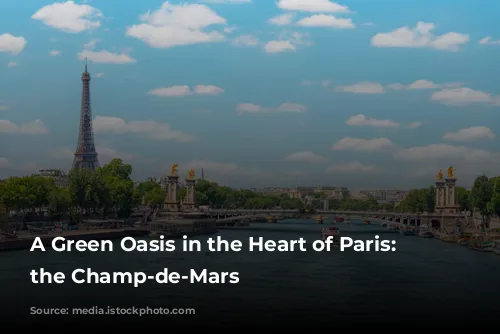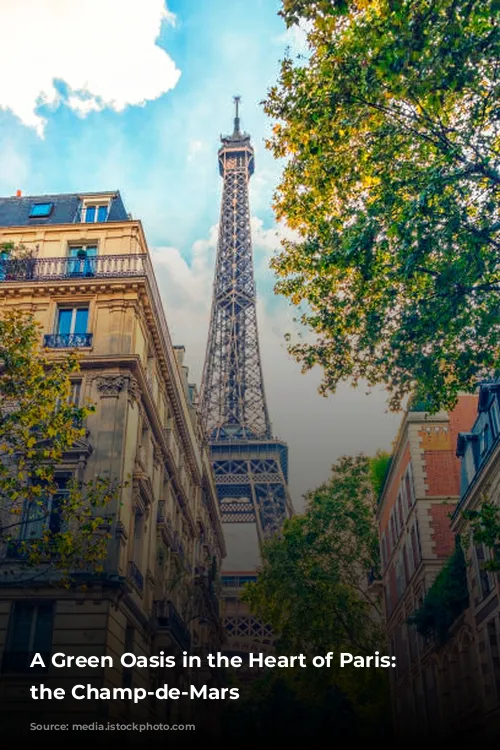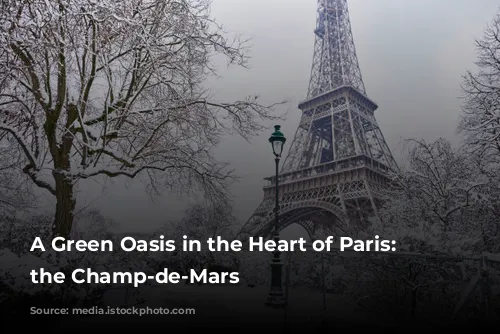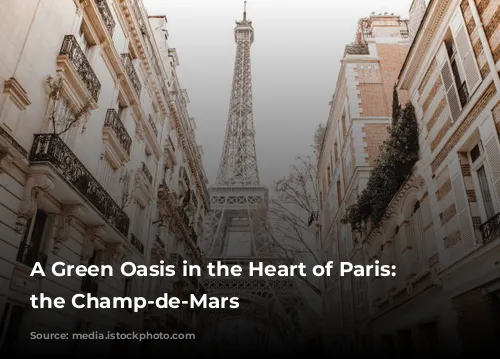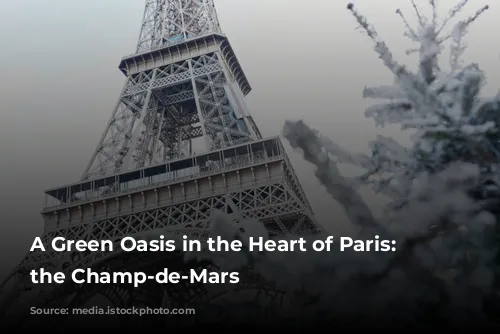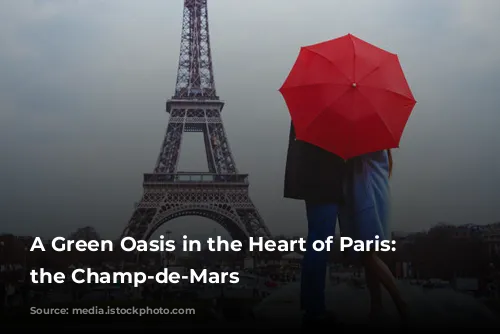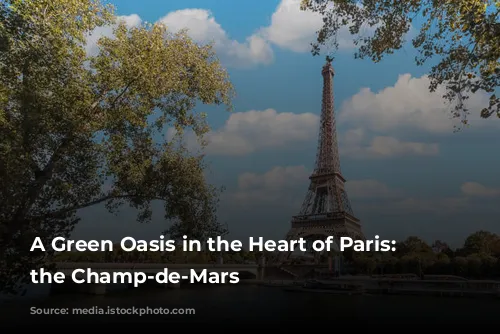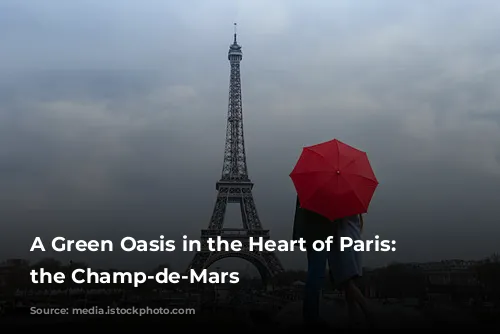The Champ-de-Mars, a sprawling green expanse in the heart of Paris, is a place where history meets tranquility. This vast public garden, located in the 7th arrondissement, offers a breathtaking panorama of the city, with the iconic Eiffel Tower standing tall to the northwest and the Ecole Militaire to the southeast.
A Legacy of Military Might and Revolutionary Change
The Champ-de-Mars has witnessed centuries of dramatic transformation, from its origins as a military training ground to its role as a stage for pivotal moments in the French Revolution. Its name, derived from the Roman Field of Mars, reflects its initial purpose as a space for military maneuvers and parades.
During the pre-Revolutionary era, the Champ-de-Mars was a tranquil countryside expanse used for market gardening. However, the construction of the Ecole Militaire in 1765 shifted its focus towards military use. It became a vital site for military operations and even marked a historical milestone as the launchpad for the first unmanned airship in 1783.
The Champ-de-Mars became a pivotal stage during the French Revolution, witnessing both joyous celebrations and tragic events. The Feast of the Federation on July 14, 1790, a grand commemoration of the Revolution’s start, brought together hundreds of thousands of people, united in their shared hope for a new era.
But the optimism soon gave way to tragedy with the “sooting of the Champ-de-Mars” on July 17, 1791. This event, triggered by a petition calling for an end to the monarchy, saw the brutal suppression of a peaceful gathering by the forces of order, leaving many dead and wounded.
The Champ-de-Mars was also the site of the Feast of the Supreme Being on June 8, 1794, an attempt to replace the Catholic religion with a new deity. This event, presided over by Maximilien de Robespierre, represented the height of revolutionary fervor, though it was short-lived, as Robespierre met his demise just two months later.
A Century of Transformation: From Festivals to World Fairs
Following the Revolution, the Champ-de-Mars witnessed a flurry of activity. The Directoire period (1795-1799) saw a series of festivals, including the Festival of Agriculture and the Festival of Old Age. The Champ-de-Mars was also the location of the Fête des Victoires, a celebration of the capture of Toulon by Napoleon Bonaparte.
The 19th century brought further transformation, with the Champ-de-Mars hosting several World Fairs, including the iconic expositions of 1889 and 1900. The Eiffel Tower, a lasting symbol of Paris, was erected during the 1889 World Fair, and the Champ-de-Mars became the stage for many events, including the 1900 Summer Olympics.
A Modern-Day Oasis: Relaxation and Recreation
Today, the Champ-de-Mars is a vibrant public space, offering a serene escape from the bustle of the city. It is a favorite spot for picnics, sunbathing, and family outings. The Famillathlon, an annual event that takes place on the last weekend of September, brings families together for a day of sports and fun.
The Champ-de-Mars also continues to host major events, including concerts, exhibitions, and the annual Fireworks display on July 14th. This grand spectacle draws thousands of people each year, making it a truly unforgettable experience.
A Blend of History and Modernity
The Champ-de-Mars is a testament to the rich tapestry of Paris’ history, a place where the echoes of revolutions, celebrations, and world-changing events reverberate. It’s a place where history meets modernity, where the past and present intertwine. This sprawling green space offers a tranquil oasis in the heart of the city, a place to relax, play, and experience the magic of Paris.
